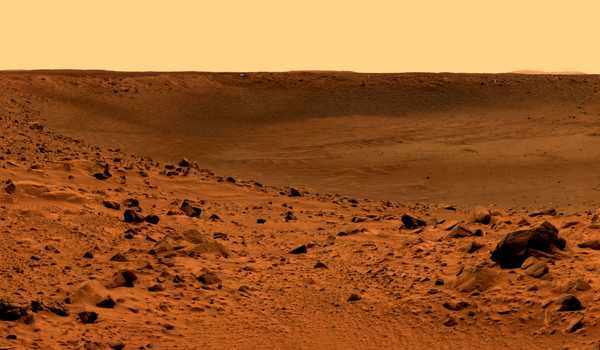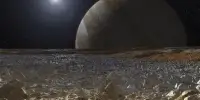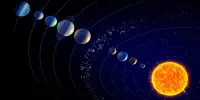The sound of dust grains impacting the NASA rover has been recorded via perseverance, and the audio file may hold the key to understanding how dust is moved throughout Mars.
The audio was captured on Sept. 27, 2021, sol 215 of the Perseverance rover’s mission, using a microphone on the SuperCam instrument. (A sol is a Martian day that lasts about 40 more minutes than an Earth day.) The dust devil, which can be seen in photographs taken by Perseverance’s NavCam and in temperature and pressure readings taken by Perseverance’s Mars Environmental Dynamics Analyzer, was also discovered by other equipment (MEDA). Additionally, the scientists used the microphone to precisely gauge wind speeds based on the strength of the gusts’ audible sounds.
Perseverance was fortunate enough to have its microphone turned on during this incident even though the rover had already identified 90 dust devils passing overhead.
Naomi Murdoch, a planetary scientist at the Institut Supérieur de l’Aéronautique et de l’Espace (ISAE-SUPAERO) at the University of Toulouse in France and the study’s primary author, told Space.com that “with this dust-devil recording, we can really hear and count particles impacting the rover.”
Murdoch and her colleagues calculated that the dust devil was roughly 82 feet (25 meters) square and at least 387 feet (118 m) tall, moving at 17 feet (5.3 m) per second, taking into account the audio recording, the photos, and the temperature and pressure measurements.
The sound recordings quantified the wind-blown dust grains in a dust devil for the first time ever based on the number of collisions. The 308 strikes on the rover caused by dust particles delivered by the dust devil’s winds are broken up into three groups in the recording.
The first group appeared as the dust devil’s spinning leading edge began to pass over Perseverance, and the third group followed as the dust concentrations in the vortex’s walls reached the rover as the dust devil’s trailing edge approached it.
However, it was a puzzled surprise that the low-pressure center of the vortex, which was swirling above Perseverance, was when there were by far the greatest impacts.
Normally, where there are strong winds, one would anticipate that the majority of the dust would be confined in the dust devil’s walls. Similar to the eye of a storm, the center of a dust devil should be comparatively calm and clear when compared to the walls of the vortex.
However, there appeared to be a concentration of dust at the center of this specific dust devil. And since Perseverance’s Navcam also noticed this internal dust, the anomaly wasn’t just a fluke in the footage.
“This particular dust devil is unusual even for Mars,” Murdoch said. “We aren’t entirely sure why the dust has accumulated in the center, but it may be because the dust devil is still in its initial phase of formation.”
In contrast to Elysium Planitia, where NASA’s InSight lander came down in November 2018, which has not yet detected a single dust devil, Perseverance’s landing location, Jezero Crater, is close to one of the paths of the major seasonal dust storms and experiences a lot of dust devils.
Not just scientists studying the atmosphere wish InSight had better dust devil luck. The lander’s solar panels are currently too dusty for the mission to continue for very long, and other missions, like those of the Spirit and Opportunity rovers, have shown that dust storms can blast dust from solar arrays.
Previous research has demonstrated that even outside of the dust-storm season, dust devils and lone wind gusts are responsible for keeping a sizable amount of dust in the Martian atmosphere. Finding a dust devil with this extra dust in the middle could be a crucial piece of the puzzle because it is unclear how much the dust devils contribute and how they lift the dust off the ground.
“We still do not fully understand how, exactly, dust is lifted from the surface of Mars,” Murdoch said.
The results highlight the significance of the sonic environment as an important new research area for planetary scientists.
Murdoch worked on the ISAE-SUPAERO team that created the SuperCam instrument’s microphone, and the goal was always to utilize it to try to hear dust devils. The likelihood that the microphone would be turned on when a dust devil passed over the rover was low, though, as each microphone recording session lasted only 167 seconds. But Murdoch was undeterred despite the remote prospects.
“Within our team at ISAE–SUPAERO we were convinced that a microphone on Mars would be an important instrument, and we haven’t been disappointed,” she said.
The findings are detailed in a report that was released in Nature Communications on Tuesday, December 13.
















